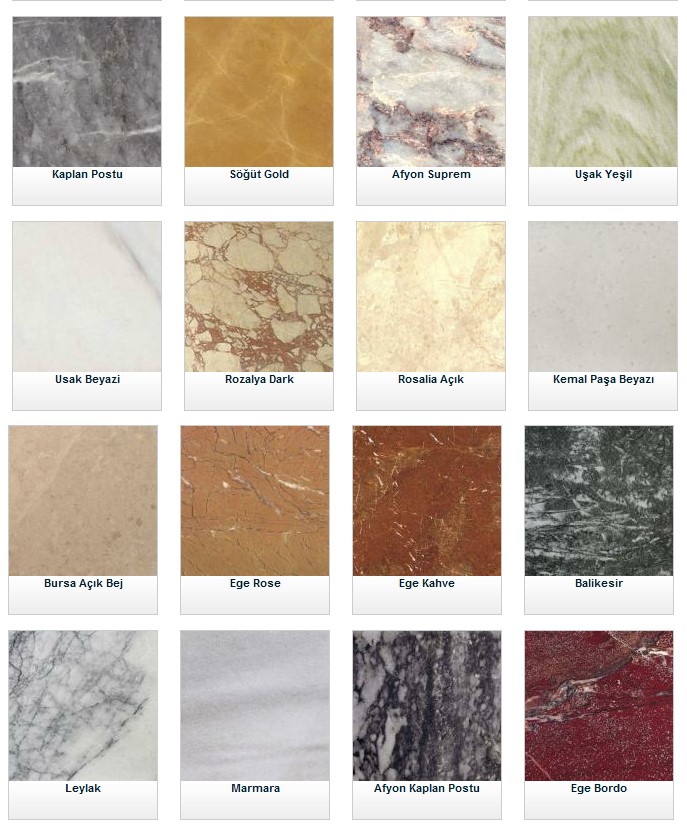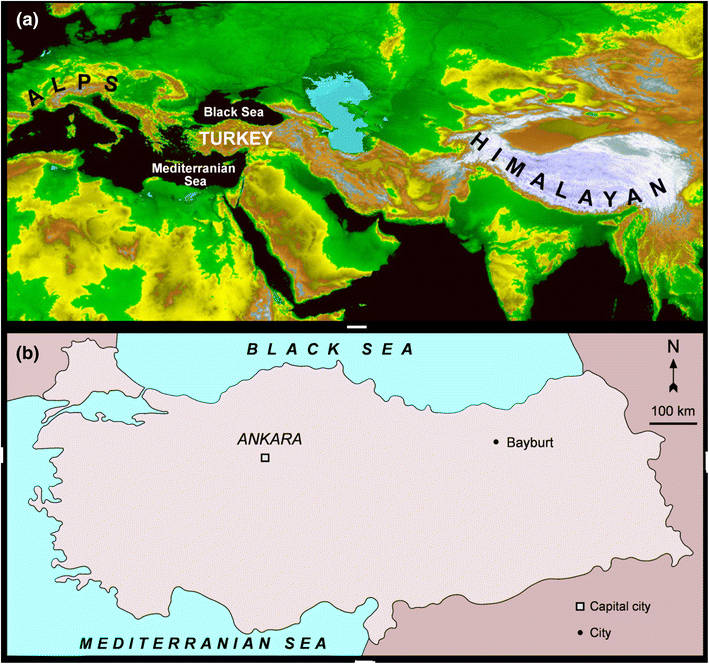
Turkiye is located in the Alpine–Himalayan Orogenic Belt, where the richest marble deposits with various colours and textures exist worldwide. Turkish natural stone industry has many aspects of creating value and significance: a variety of reserves, industry experience, raw material abundance, ease of transportation by sea, dynamic sector structure, new technologies and wide colour scale. It has an important place in the world’s natural stone market.
Natural Resources
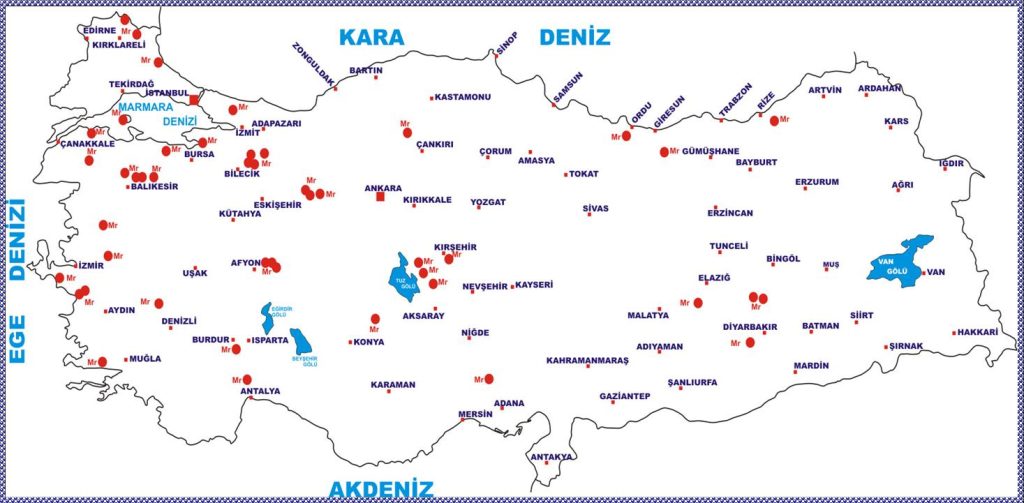
Turkiye is located in one of the oldest marble production geographies experiencing 4000 years of natural stone production background starting at Marmara Island. Turkiye has around 35% of the world’s natural stone reserves spread over the country. The marble reserve is estimated at 13.9 billion tons (nearly 5.1 billion cubic meters).
Varieties of Stone Types
Turkiye has over 80 types and 650 colours and patterns. Turkiye’s main natural stone types are marble, travertine, limestone, onyx, conglomerate, breccia, granite, andesite, basalt, serpentine, diabase, and slate stone. You can see all the types at https://turkishstones.org/stones-index
Number of Producers
Following China, India and Italy, Turkiye is the fourth country globally regarding the broadest natural stone production: approximately 1500 functioning quarries and more than 9000 workshops, and 2000 factories. Nearly 25% of them are highly integrated large-scale plants. And more than half, even though they are moderate in size, are standardized and well organized through associations and unions through advanced technology with entirely automated machinery.

Production Quality

Experience in Applications
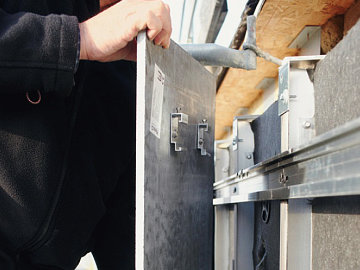
Processed natural stone is used as a construction and decoration material. Typical usages include interior and exterior coating, flooring, stairways, construction pillars, grave designs, countertops, vanities, sinks, fireplaces, and sculptures. Many factories and workshops supply installation services within and abroad. Having that asset gives the producers more understanding and analysis of the needs and demands from the perspective of the applications.
Production Type

Using natural stones in plating, coating, and decoration, they can shape slabs, tiles, mosaics, pavers, steps, decorative materials, and accessories. There are factories and production places specialized in such divisions designed to produce sometimes only one type but sometimes with other classes together. Even if gathering all the project requirements from one place or region is impossible, sourcing them is always possible and applicable.
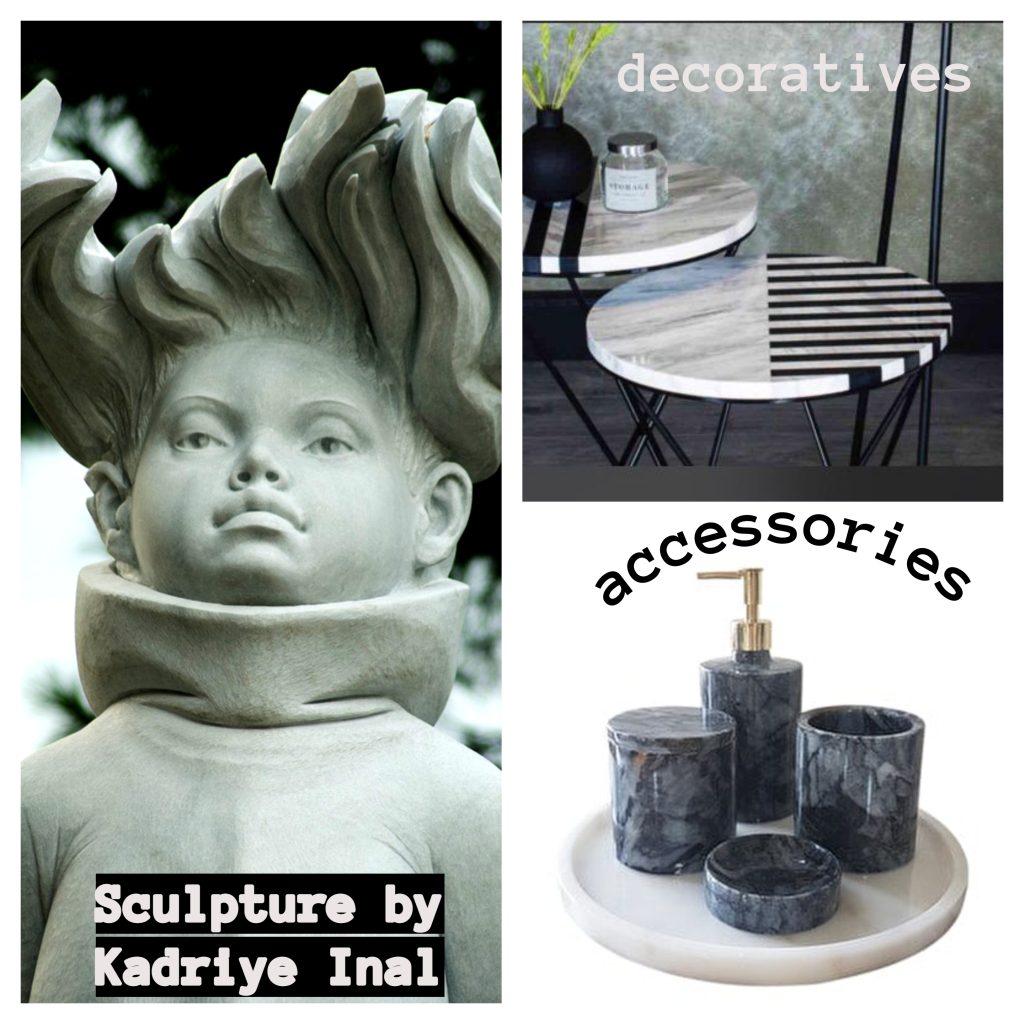
Turkiye as an Exporter
The natural stone trade developed rapidly after 2004, and Turkish stone companies have exported to around 200 countries. The processed marble exports reached approximately 1.5 billion USD in 2022.
Turkiye’s first three partners are China, India and Italy for the unprocessed calcareous stones. The processed stone importers have different rankings yearly. There is a variety of countries on each continent, such as the USA, Iraq, France, Israel, UAE, Australia, Germany, Libya, Qatar, Kuwait, Morocco, Romania, The UK, Saudi Arabia, Austria, Russian Federation, Kazakhstan, Greece, Spain, Jordan, and Canada. In 2022, The USA ranked first in processed marble exports, while the highest increase in the product group was seen in Saudi Arabia.

